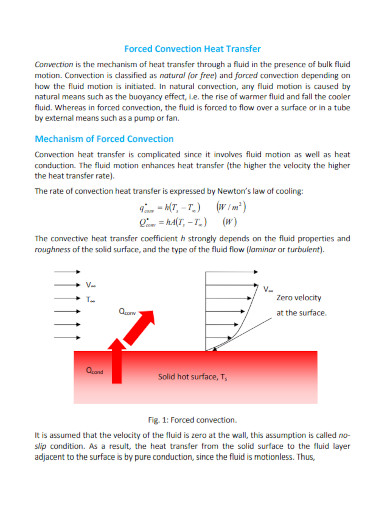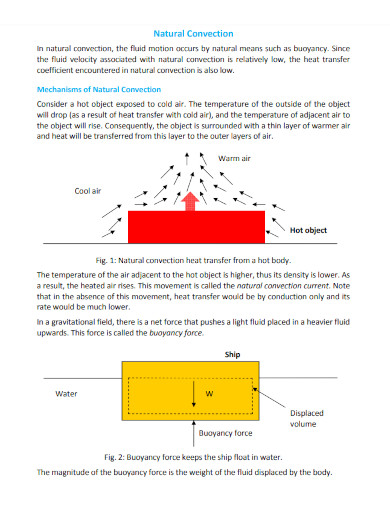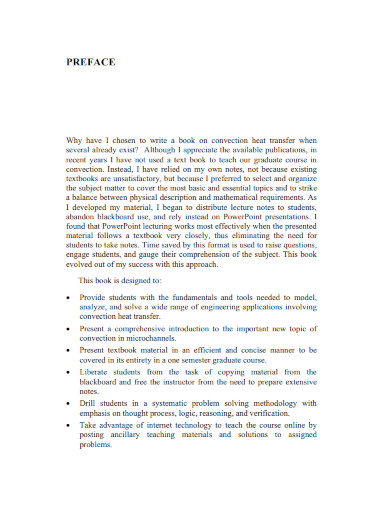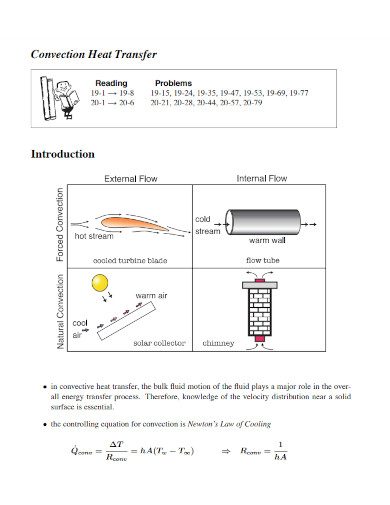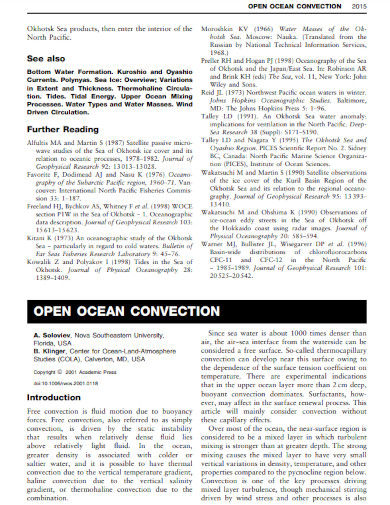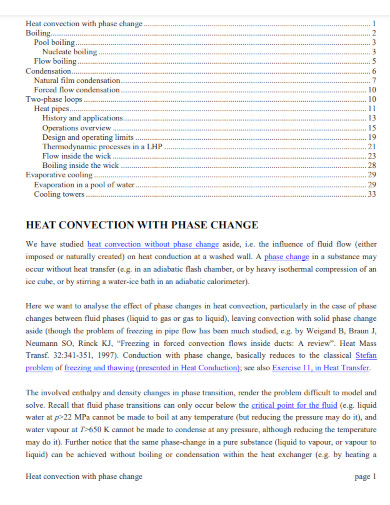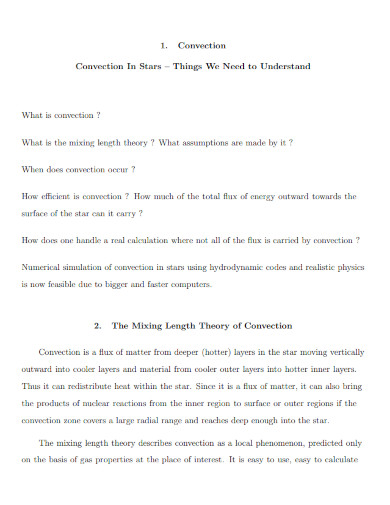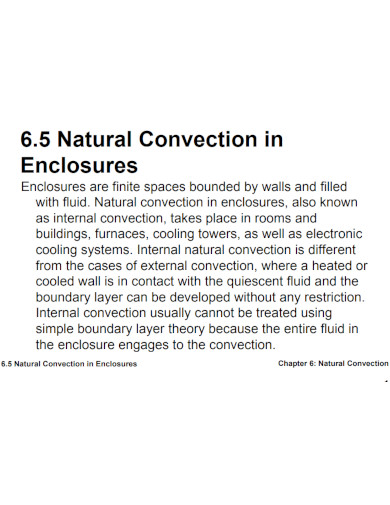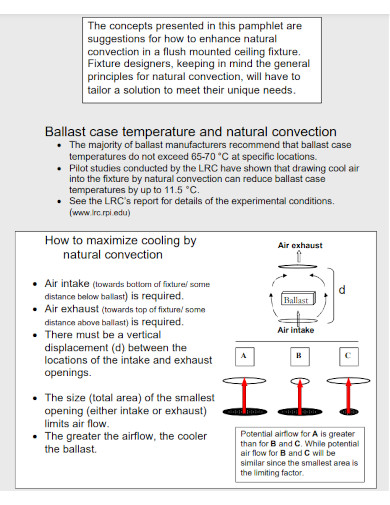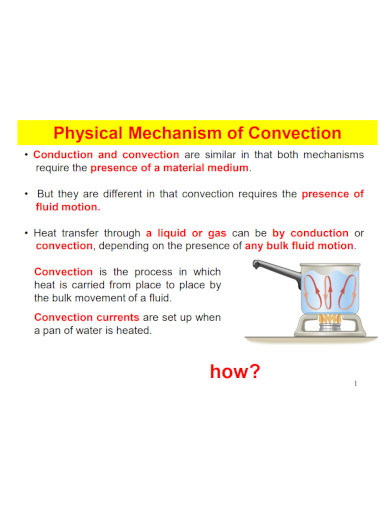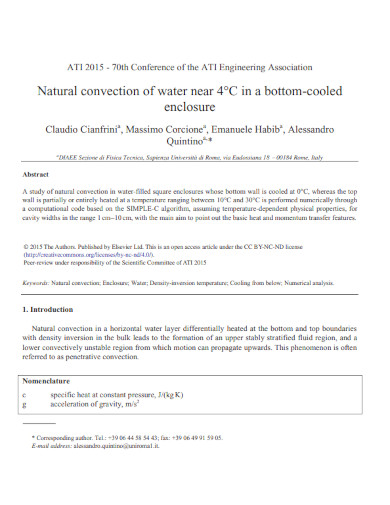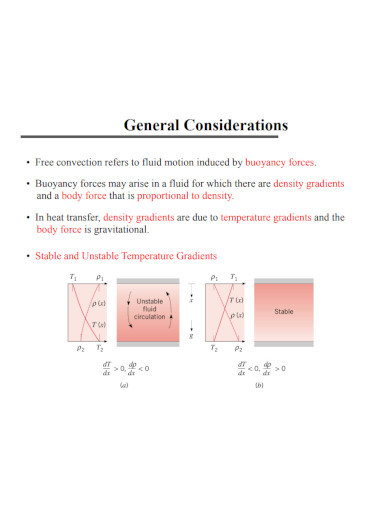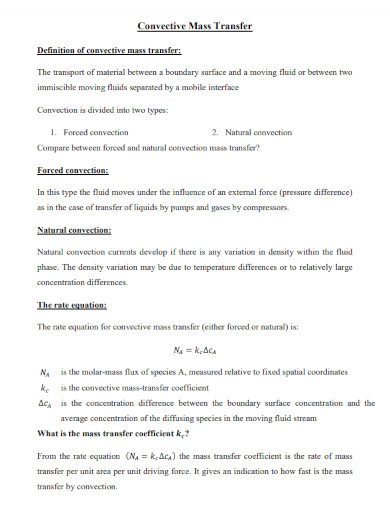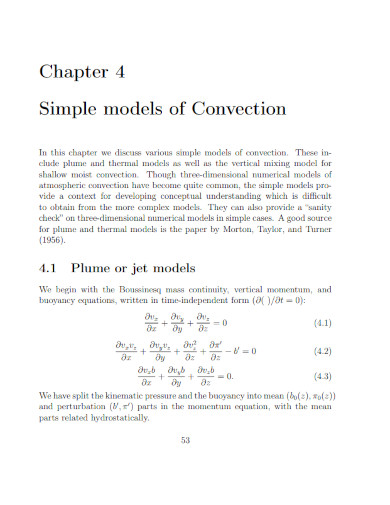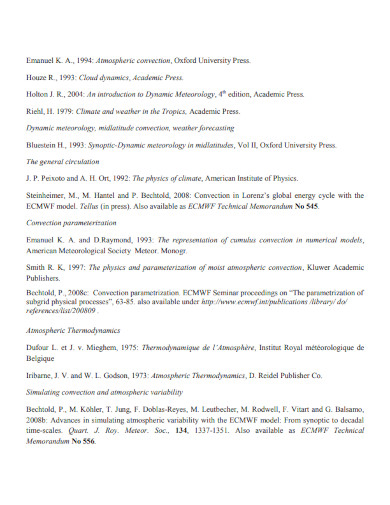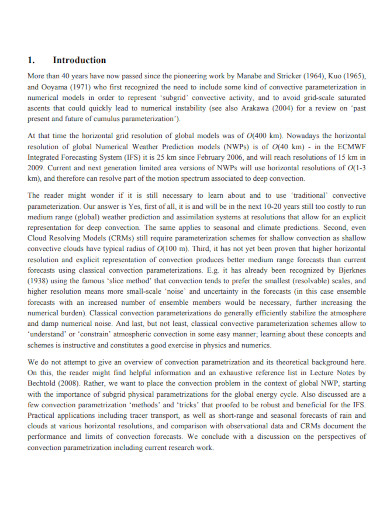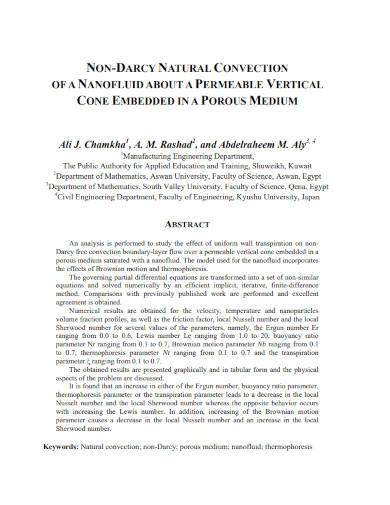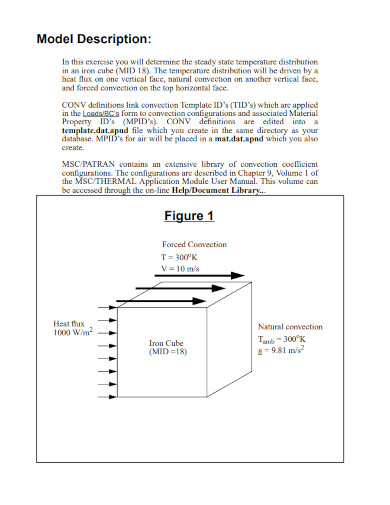Convection
When water is boiled or heated up, hot air pockets begin to form from beneath resulting in hot air being released into the atmosphere. This phenomenon is created due to the convection of water.
1. Forced Convection Heat Transfer
2. Natural Convection Template
3. Heat Convection Template
4. Convection Heat Transfer Introduction
5. Open Ocean Convection
6. Heat Convection with Phase Change
7. Convection, Conduction & Radiation
8. Convection In Stars Template
9. Natural Convection in Enclosures
10. Maximizing Natural Convection
11. Physical Mechanism of Convection
12. Natural Convection of Water
13. Free Convection Template
14. Convective Mass Transfer Template
15. Simple Models of Convection
16. Atmospheric Moist Convection
17. Convection Parametrization
18. Non-Darcy Natural Convection
19. Deep Convection Example
20. Using Convection Correlations
What Is Convection
Convection is a method of heat transfer that often utilizes liquids to create a convection current of both hot and cold air to heat a specific object at a faster rate. This type of heat transfer comes in two forms, forced convection, and natural convection. If you want to learn more about convection you may do further readings on articles like Convection Heat Transfer Introduction, Open Ocean Convection, and Natural Convection in Enclosures in the links above.
How to Use the Convection Oven
Plenty of our modern-day gadgets and tools integrate the concept of convection into their core systems. One of the best examples of this is the convection oven which allows the person to cook the food evenly and quickly.
1.) Preheat the Oven, Based on What You Are Cooking
You will need to preheat the oven for around a couple of minutes before having the food inside the oven. We need to preheat the oven to ensure that the timing of the cooking is not thrown off by the startup of the oven.
2.) Select the Food You Are Interested in Cooking
Begin by selecting the food you want to cook. There is some food where convection is not the most practical way of baking or cooking the food. You should generally avoid food that requires a slower method of cooking like cakes, bread, and flans, which might come out of the convection oven a bit drier on the inside.
[/ns_row]
3.) Preheat the Oven, Based on What You Are Cooking
You will need to preheat the oven for around a couple of minutes before having the food inside the oven. We need to preheat the oven to ensure that the timing of the cooking is not thrown off by the startup of the oven.
4.) Roast or Bake the Food in the Oven
After preheating the convection oven, you must now put the food inside it. If the food will require a tin plate, put the food in one with the appropriate non-stick paper or spray to prevent further inconveniences. If you want to improve your cooking and your timing, set a timer for your food.
5.) Take Out the Food Tray and Let the Food Cool Off
When the food is ready, take the food out of the oven. Then you must let the food cool off before doing anything else to the food. While you are doing this, you must turn the oven off to minimize your electrical energy consumption.
FAQs
Conduction vs. convection; what is the difference between conduction and convection?
Both conduction and convection are methods of heat transfer people use in their everyday life. Conduction is a method of transferring heat that involves one of the objects in direct contact with the heat source, which causes heat to transfer to the object. An example of conduction is in the cooking of a meal using a frying pan the fire from the stove causes the frying pan to heat up due to its contact with said fire; this causes a chain of conduction as the frying pan becomes the heat source for the food transferring the heat via conduction. Convection, on the other hand, is a method of heat transfer that involves the use of liquids as heat sources. If instead, we are cooking a soup with a pot using a stove fire. The fire transfers heat to the pot via conduction, while the liquid part of the soup heats all of its contents through convection instead.
What is the difference between a convection oven and an air fryer?
A convection oven is a cooking appliance or apparatus that uses the method of convection instead of conduction as the main means of applying heat. This is achieved by pushing hot air up and cold air down to achieve the same effect as convection through the use of liquid. The convection oven’s size allows the cook or chef to put large foods into the oven to cook them evenly. The air fryer is the same in concept as the oven, in that the air fryer pushes hot air up and cold air down. But the difference is in the intensity of the heat transfer the air fryer’s small size allows it to spread heat at an even stronger rate than the oven. If you are cooking something that requires accuracy and/or is large, then the convection oven is the best way to go. But if you want to cook something quickly and/or the food is small in size then the air fryer is the better alternative.
What are real-life examples of convection in action?
There are plenty of real-life examples of convection in a real-life setting that we can easily observe. When you make hot coffee or tea, the steam that rises in the cup is the result of convection pushing the hot air up and slowly cooling the liquid below. Another example of convection is through its usage in refrigerators, where the refrigerator’s compressor pushes the heat up and outside of the refrigerator and pumps the cold air into the contents of the refrigerator causing a convection current.
Convection is one of the most used methods of heat transfer we humans have leveraged in our tools and gadgets. The convection oven got its namesake from its main method of cooking and is one of the best ways to both cook and bake certain foods.


